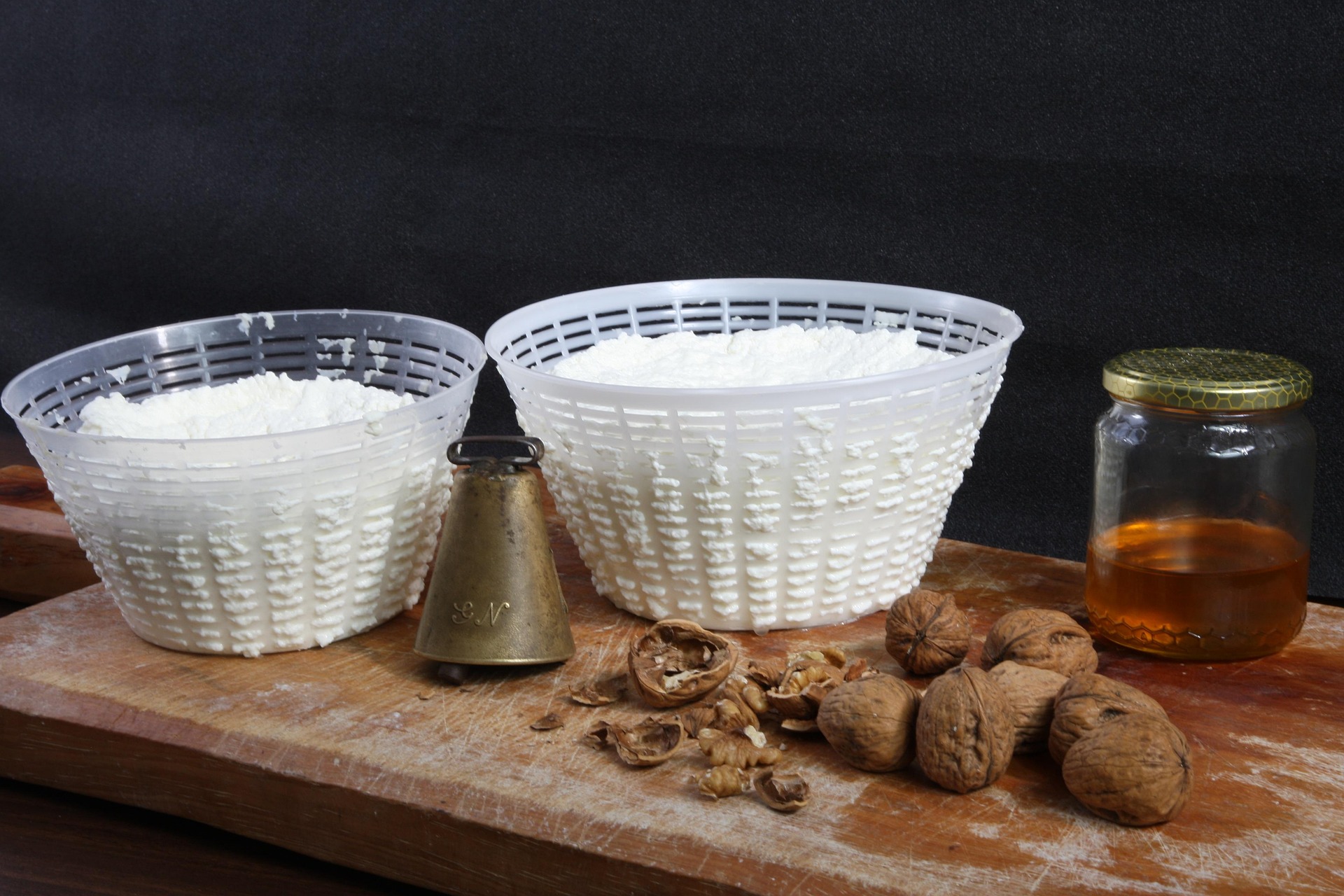- LIFE
Inspiring Mother Teresa Quotes for Daily Motivation


Making ricotta cheese at home offers a rewarding experience for both novice and seasoned cheese enthusiasts. The process is straightforward and requires only a few ingredients, yet the result is a rich, creamy cheese that can enhance a variety of dishes. By understanding the essentials of ricotta production, including the right equipment, milk selection, and flavor variations, you can create a delightful homemade cheese that surpasses store-bought versions in flavor and texture.
To make ricotta cheese at home, you need a few basic tools. These items are likely already in your kitchen, making the process both accessible and affordable.
The type of milk you choose significantly impacts the texture and flavor of your ricotta. Whole milk is ideal due to its fat content, which contributes to a creamier texture and richer taste. Avoid ultra-pasteurized milk, as the high heat used during processing can affect the milk proteins, hindering curd formation.
Creating ricotta cheese at home is a simple process that involves heating milk, adding an acid, and straining the curds. Follow these steps for perfect results:
Pour the milk into your large pot and place it on the stove over medium heat. Stir occasionally to prevent the milk from scorching. Use your thermometer to monitor the temperature, aiming for 185°F (85°C).
Once the milk reaches the desired temperature, remove it from the heat. Add your choice of acid, such as lemon juice or white vinegar, stirring gently. This will cause the milk to curdle, forming curds and whey.
Line a colander with cheesecloth and place it over a large bowl. Carefully ladle the curds into the cheesecloth, allowing the whey to drain. Let the ricotta sit for 20-30 minutes, depending on your preferred consistency.
Enhance your homemade ricotta by incorporating herbs and spices. Fresh herbs like basil, thyme, or chives add a burst of flavor, while spices such as black pepper or nutmeg offer a subtle warmth. Experiment with combinations to find your favorite blend.
The choice of acid affects the flavor profile of your ricotta. Lemon juice imparts a fresh, citrusy note, ideal for summer dishes. White vinegar, on the other hand, provides a neutral taste, allowing other flavors to shine. Both options are effective, so choose based on your flavor preferences.
Once you’ve mastered ricotta making, try these creative recipes to showcase your homemade cheese:
Light and fluffy, these pancakes are perfect for a weekend brunch. Combine ricotta with flour, eggs, milk, and a touch of vanilla, then cook on a griddle until golden brown.
Stuff cooked pasta shells with a mixture of ricotta, spinach, and parmesan cheese. Top with marinara sauce and bake until bubbly and golden.
Spread ricotta on toasted baguette slices, drizzle with honey, and sprinkle with sea salt for a simple yet elegant appetizer.
This moist and fragrant cake combines ricotta, lemon zest, and almond flour for a delightful dessert. Serve with a dusting of powdered sugar.
Mix ricotta with flour, egg, and parmesan to form a dough. Roll into logs, cut into pieces, and boil until they float. Serve with your favorite sauce.
Proper storage is crucial for maintaining the freshness of your ricotta. Transfer the cheese to an airtight container and refrigerate for up to five days. Ensure the container is well-sealed to prevent the cheese from absorbing other flavors in the fridge.
To extend the shelf life of your ricotta, consider freezing it. Portion the cheese into airtight freezer bags or containers, removing as much air as possible. Label with the date and freeze for up to two months. Thaw in the refrigerator overnight before use.
When reheating ricotta, gentle methods are best to preserve its creamy texture. Use a double boiler or microwave at a low power setting, stirring frequently. Avoid high heat, which can cause the cheese to become grainy.
Even experienced cooks can encounter issues when making ricotta. Here are some common mistakes and how to fix them:
Don’t discard the whey left over from ricotta making. It is rich in protein and can be used in smoothies, soups, or as a substitute for water in bread baking. Store whey in the refrigerator for up to a week, or freeze for longer preservation.
Homemade ricotta offers a fresher, creamier texture compared to most store-bought versions. The ability to control ingredients and flavors allows for a personalized cheese-making experience. While convenient, store-bought ricotta often contains stabilizers and preservatives, which can affect taste and texture.
Emilie Raffa, a renowned home cook and author, suggests allowing your ricotta to drain longer for a firmer texture and experimenting with different milk types for unique flavors. Her insights emphasize the importance of patience and creativity in the cheese-making process.